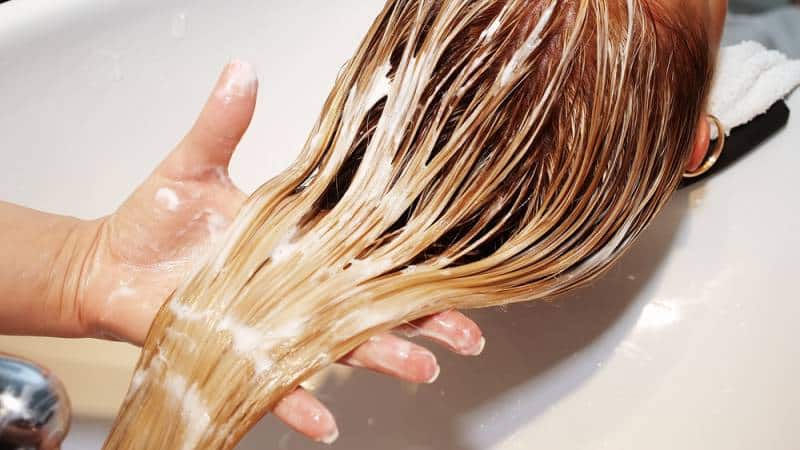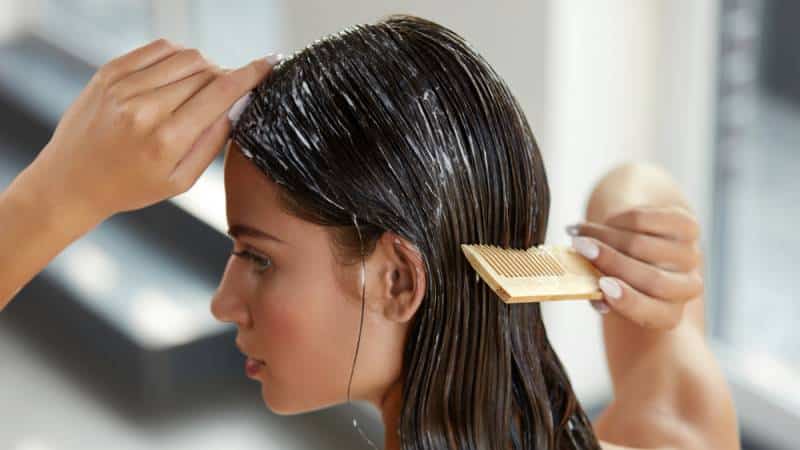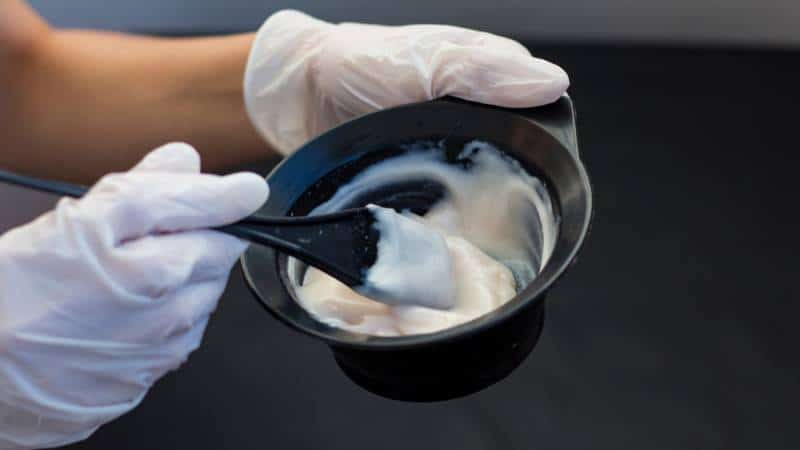Conditioning your hair is an important part of maintaining it, but how often should you do it? Depending on your hair type, you may need to condition it every day, every other day, or once a week. Conditioner helps keep your hair healthy by restoring moisture and preventing breakage.
In this post, we’ll discuss how often you should condition your hair based on your hair type. We’ll also provide some tips on how to condition your hair properly.
Read on to learn more about how often you should condition your hair.

What is a Conditioner?
First, we’ll start with the basics. Conditioner is a product that you apply to your hair after shampooing. It’s designed to moisturize and protect your hair.
Conditioner can be either leave-in or rinse-out. Leave-in conditioner is applied to damp hair and left in until your next shampoo. Rinse-out conditioner is applied to damp hair and then rinsed out after a few minutes.
Most conditioners contain oils, silicones, and other ingredients that help to moisturize and protect your hair.
Learn More: Does Conditioner Expire?
How Often Should You Condition Your Hair?
As we mentioned earlier, the frequency with which you condition your hair will depend on your hair type. Here’s a breakdown of how often you should condition your hair based on its type:
- Fine hair: Condition fine hair every day or every other day.
- Thick hair: Condition thick hair once or twice a week.
- Curly hair: Condition curly hair 2-3 times per week.
- Damaged hair: Condition damaged hair every day or every other day.
When conditioning your hair, be sure to focus on the ends. The ends of your hair are the oldest and most likely to be damaged.
If you have oily hair, you may want to condition only your ends. This will help to prevent your hair from looking greasy.
As a general rule, you should condition your hair every time you shampoo it. However, if you have particularly dry or damaged hair, you may want to condition it more often. If you have oily hair, you may only need to condition it once a week or so. Always consult your stylist for specific advice on how often to condition your hair.
Some Good Types of Conditioners to Try for Different Hair Types Are
- For fine hair: A volumizing conditioner that is lightweight and won’t weigh your hair down.
- For thick hair: A deep conditioner that will help to hydrate and tame your hair.
- For curly hair: A leave-in conditioner that will help to moisturize your hair and prevent frizz.
- For damaged hair: A reconstructing conditioner that will help to repair damage and restore your hair’s health.

How to Prepare Your Hair Before Conditioning It?
Before conditioning your hair, you should shampoo it. This will remove any dirt or debris and allow the conditioner to penetrate your hair more effectively.
If you have particularly dry or damaged hair, you may want to use a deep conditioner before shampooing. This will help to hydrate and repair your hair before you condition it.
How to Condition Your Hair Properly?
Now that you know how often to condition your hair, let’s talk about how to do it correctly. When conditioning your hair, be careful to:
- Use a conditioner that’s designed for your hair type.
- Apply the conditioner to damp, not wet, hair.
- Focus on the ends of your hair.
- Rinse the conditioner out thoroughly.
- Follow up with a leave-in conditioner if you have dry or damaged hair.
Maintaining your hair is just as important as conditioning it. You may help your hair stay healthy and moisturized by following the measures outlined above.
See Also: What Happens if You Don’t Rinse Out Conditioner?
What to Avoid When Conditioning Your Hair?
When conditioning your hair, there are a few things you should try to avoid.
First, avoid using conditioner on your roots. Conditioner is meant to add moisture to your hair, but if you put it on your roots, it can make your scalp oily. Stick to conditioning the rest of your hair, and avoid putting any product on your roots.
Second, avoid using hot water when conditioning your hair. Hot water can strip your hair of its natural oils, leaving it dry and brittle. Condition your hair with lukewarm or cool water instead.
Finally, avoid leaving the conditioner in your hair for too long. If you leave the conditioner in your hair for more than a few minutes, it can start to weigh your hair down and make it look greasy. Rinse your conditioner out after a few minutes, and avoid over-conditioning your hair.

Natural Conditioners for Your Hair
If you’re looking for a more natural way to condition your hair, there are several options available. You can try using:
- Apple cider vinegar: Mix equal parts apple cider vinegar and water. Apply it to your hair after shampooing, and rinse it out after a few minutes.
- Coconut oil: Apply coconut oil to your hair, and let it sit for a few minutes before shampooing it out.
- Banana: Mash up a banana, and apply it to your hair. Rinse it out after a few minutes.
- Avocado: Apply mashed avocado to your hair. After a few minutes, rinse it out.
These natural options can help to condition your hair and add moisture to it. Try out a few, and see which one works best for your hair type.
How to Care for Your Hair After Conditioning It?
Once you’ve conditioned your hair, you’ll want to take care of it. Be sure to:
- Use a heat protectant before using heat styling tools: This will help to prevent damage.
- Avoid washing your hair every day: Washing your hair too often can strip it of its natural oils and make it dry.
- Use a gentle shampoo: Choose a shampoo that is designed for your hair type, and avoid using harsh chemicals.
- Protect your hair from the sun: Wear a hat or use a leave-in conditioner with SPF to protect your hair from the sun’s harmful rays.
You can keep your hair healthy and conditioned if you follow these guidelines.
The Bottom Line
Conditioning your hair is critical for its health and longevity. Condition your hair at least once a week, and use a conditioner that is appropriate for your type of hair. Avoid over-conditioning it by avoiding unnecessary treatments. You may keep your hair healthy and moisturized if you follow these instructions


